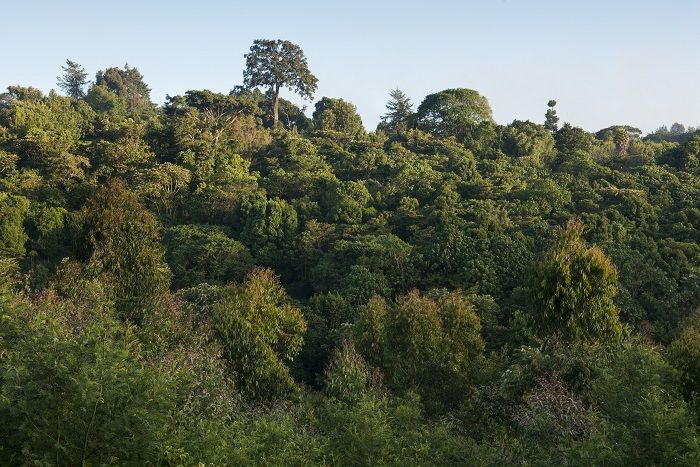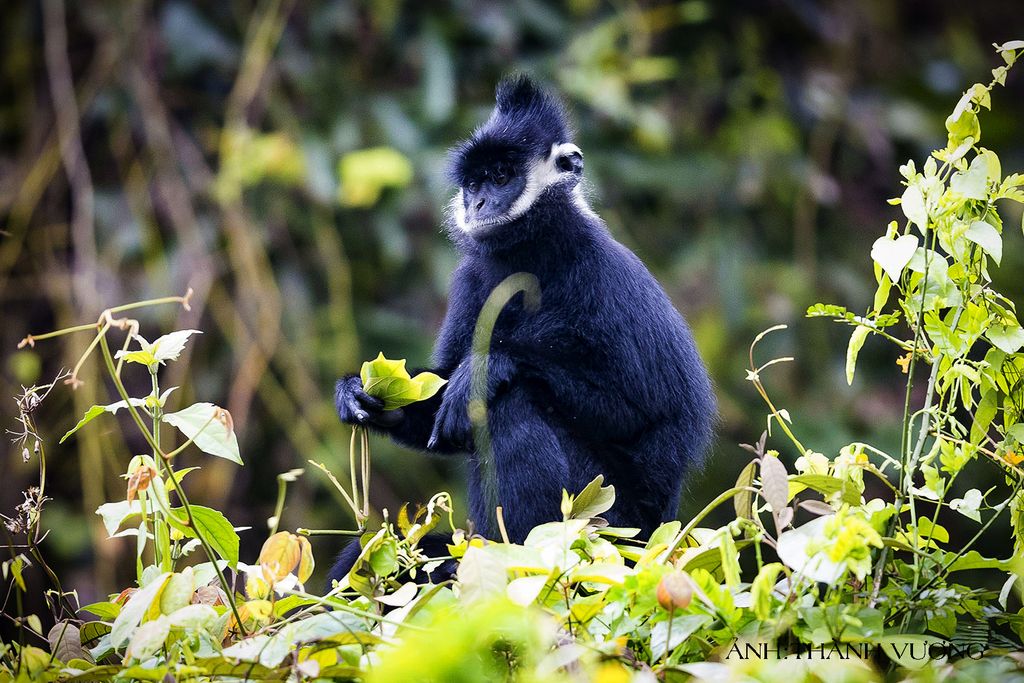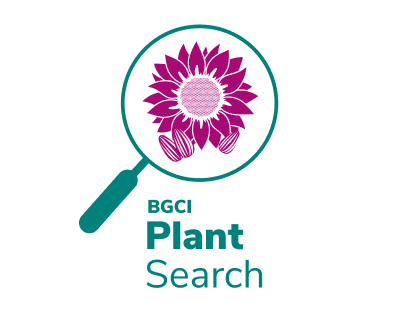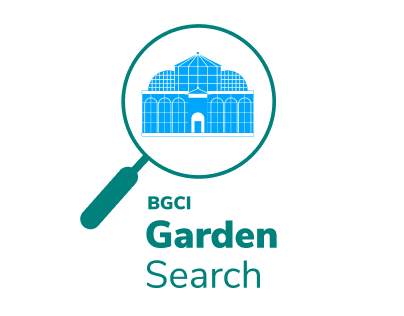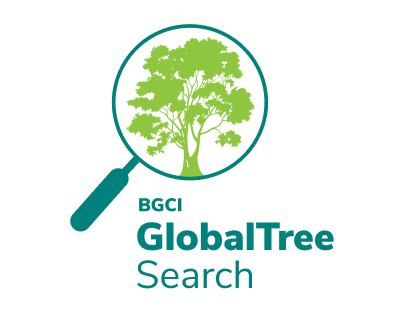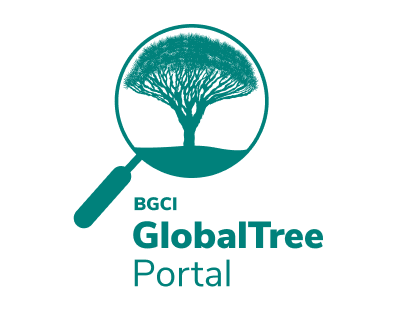Ecological Restoration
- Conservation Prioritisation
- Tree Conservation
- Seed Conservation
- Ecological Restoration
- Exceptional Species
- Plant Health and Biosecurity
Why Restore?
As the world’s population continues past the 7 billion mark, the demands and pressure on the natural world increases the threats to the survival of plant species and the role they play in ecological functions, goods and services. More and more wild places are becoming destroyed and degraded and unable to provide the support for life on earth.
Ecosystem restoration is the process of actively managing the recovery of an ecosystem that has been degraded, damaged or destroyed. It is a conscious intervention based on traditional or local knowledge and scientific understanding. Its goal is to restore ecosystems to be resilient and self-sustaining with respect to their structure and functional properties.
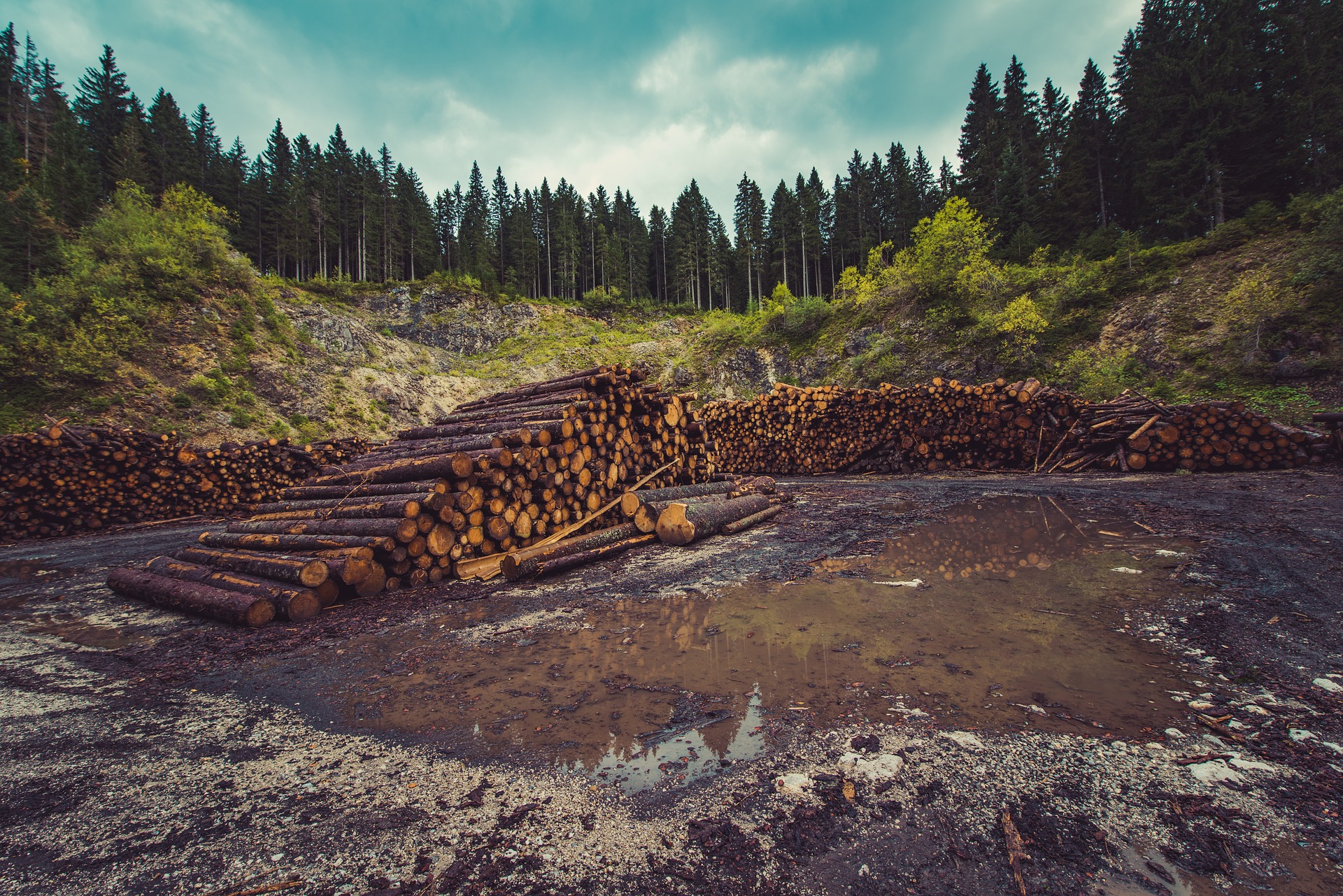
Why Botanic Gardens?
Botanic gardens are uniquely positioned to help address the issues relevant to restoring ecosystems. They provide knowledge and expertise in plant taxonomy, horticulture, biodiversity inventory, conservation biology, restoration ecology and ethnobotany – all key elements for achieving successful restoration.
Botanic gardens also collectively serve as a global repository for documented plant material, with at least one-third of all flowering plants maintained in living collections or seed banks. Utilising knowledge gained from these collections, related herbaria and libraries, and combined with landscape knowledge from field surveys and ecological research, botanic gardens bring the understanding necessary to ensure that restoration leads to adequate taxonomic diversity and incorporates appropriate genetic provenance.
Botanic gardens can therefore restore diverse and ecologically resilient places, avoiding the dangers and pitfalls associated with growing inappropriate plants in the wrong environment. They have recently come together to form Ecological Restoration Alliance of Botanic Gardens (ERA).
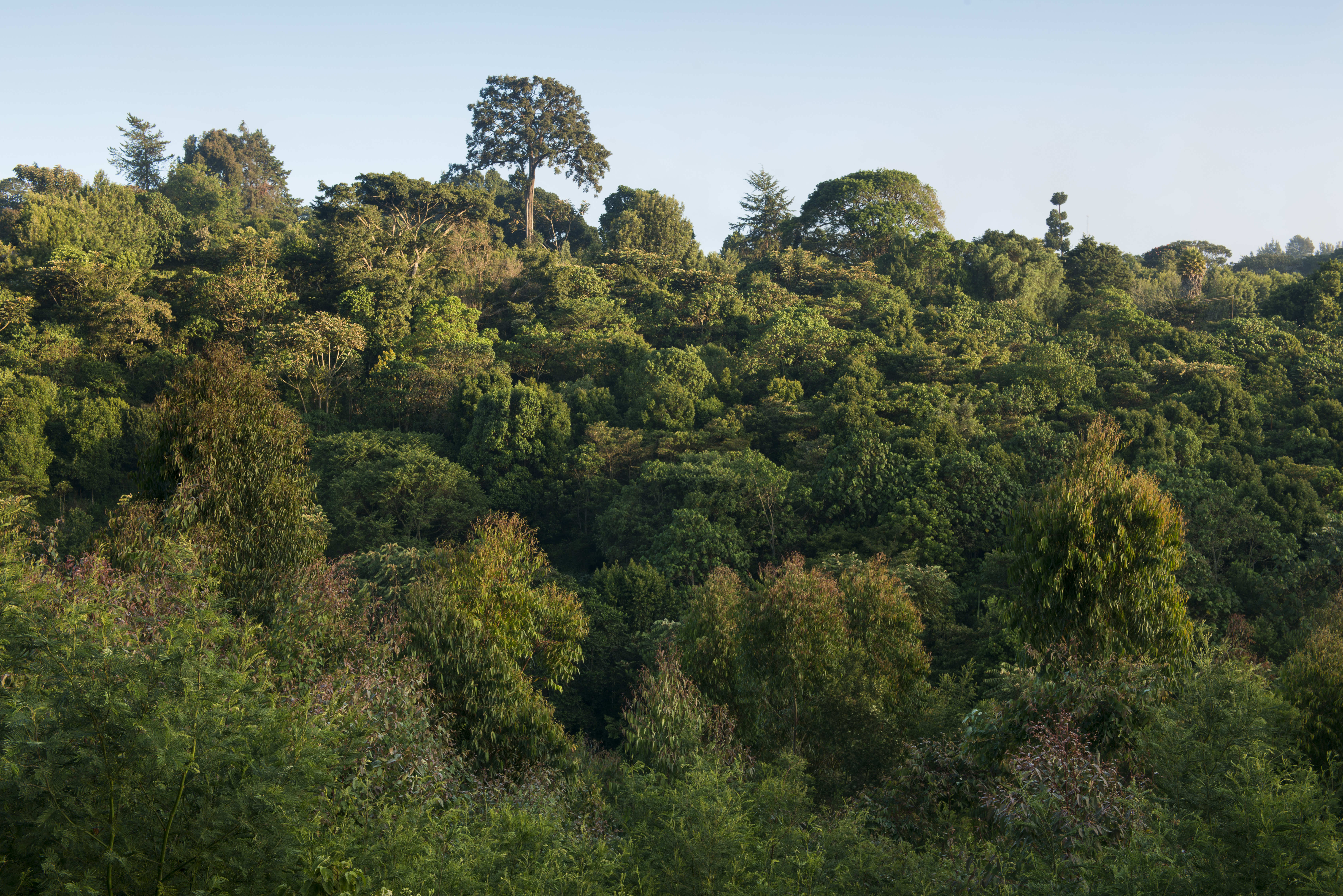
Resources on Ecological Restoration
-
State of the World's Trees
Tree Conservation, Ecological Restoration, Conservation Prioritisation, Plant Conservation / Publication / EnglishOne in three tree species face extinction reveals the landmark report, documenting the conservation status of the world’s nearly 60,000 tree species. -
BGCI and IABG's Species Recovery Manual
Ecological Restoration, Plant Conservation / Publication / English -
BGCI's Species Recovery Briefs
Ecological Restoration, Services for Botanic Gardens, Plant Conservation / Publication / English, Chinese -
BGjournal
Tree Conservation, Public Engagement, Ecological Restoration, Conservation Prioritisation, Seed Conservation, Conservation Horticulture, Services for Botanic Gardens, Plant Conservation, Policy and Advocacy / Publication, BGCI Journal / English, French -
Dry woodlands restoration in Pakistan's Punjab province
Tree Conservation, Ecological Restoration / Publication / English -
Forest Restoration Learning Modules
Tree Conservation, Ecological Restoration / E-learning module, Video / English, Spanish, French, Swahili -
Restoration Action Plan for Divo Botanic Reserve
Ecological Restoration / Publication / English, French
Share
